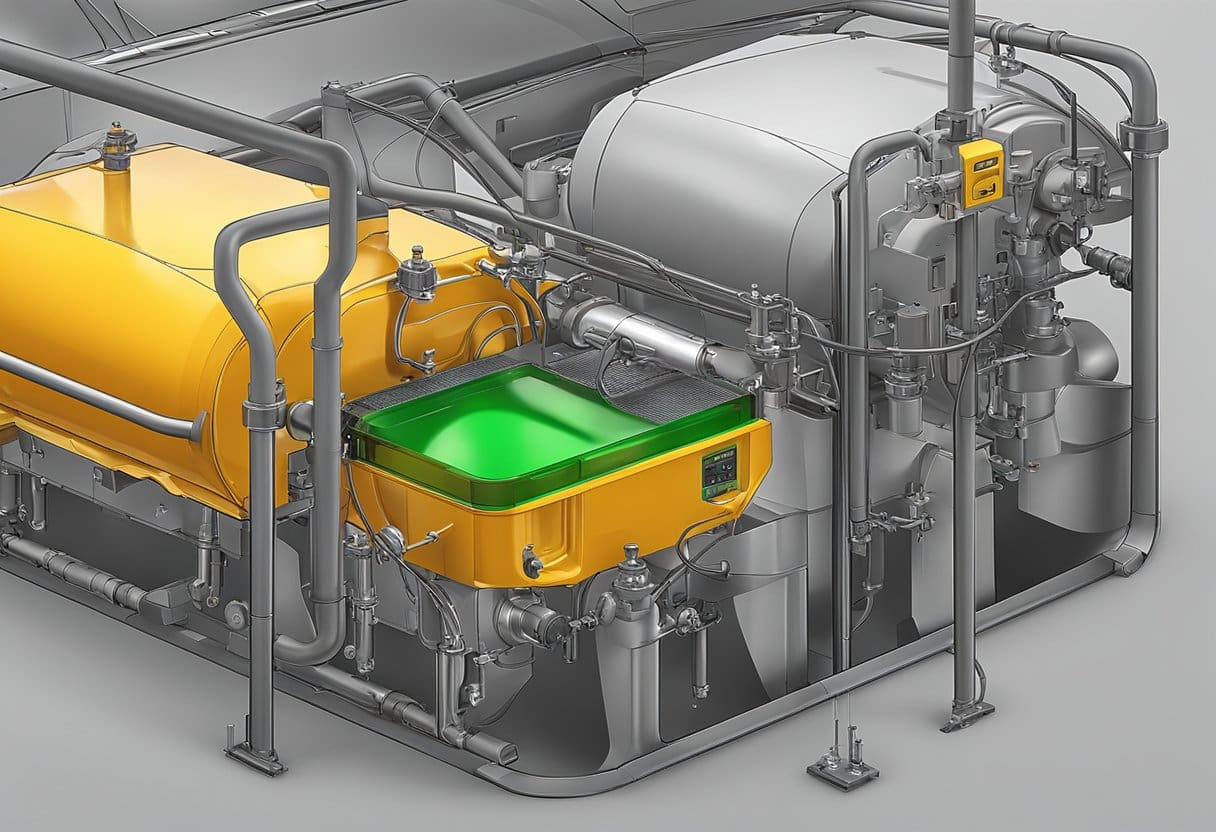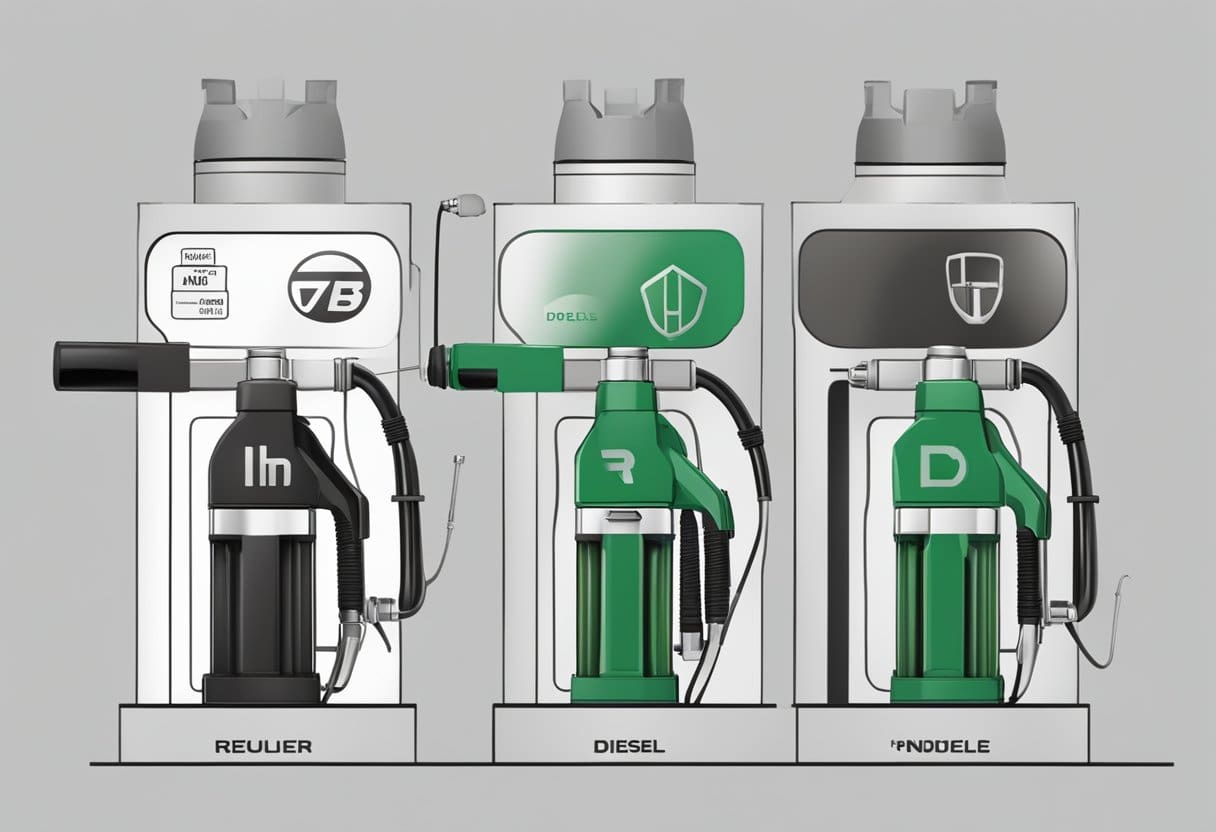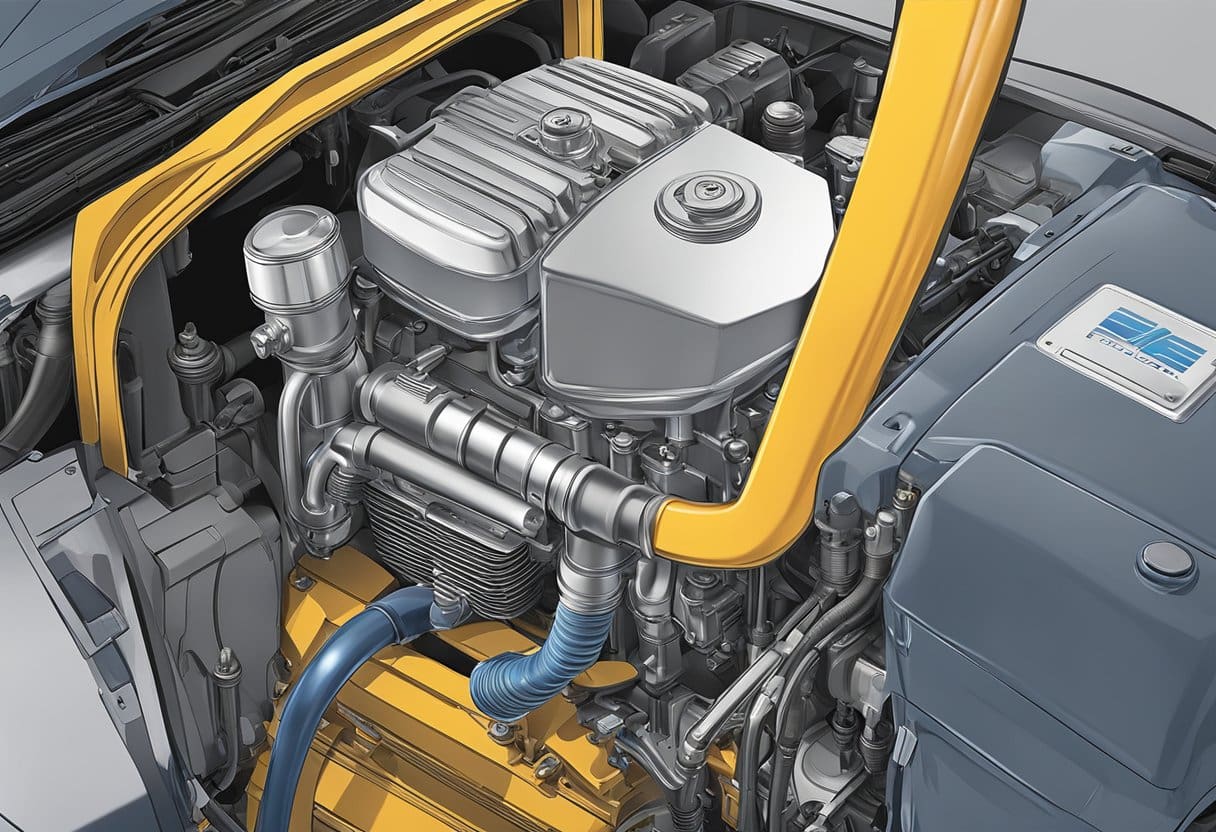Yes, you can mix diesel with HVO fuel, and many diesel engines can run on this blend without issue. However, notr without risk if the process and transition isn’t managed properly. Blending can increase sediment risks, particularly in tanks that previously stored biofuels or FAME-blended fossil diesel. Dislodged sediments can clog filters and lead to system contamination if tanks are not cleaned regularly.
Additionally, blending HVO with diesel diminishes many of HVO’s unique benefits, such as lower emissions, superior cold-weather performance, and extended storage stability. This article explores these factors in depth, highlighting why pure HVO may offer greater reliability and efficiency for fleets focused on sustainability.

What Makes HVO Different? Key Benefits of Pure HVO Fuel
A closer look at the unique properties of fossil diesel, FAME (Fatty Acid Methyl Esters), and HVO fuel shows why HVO alone is often a superior option for clean performance and stability:
- Fossil Diesel: Made from crude oil, fossil diesel is primarily composed of hydrocarbons with a high aromatic content, limiting its cold-weather resilience and resulting in higher tailpipe emissions of particulate matter and NOx. Fossil diesel also has a high carbon footprint across its lifecycle.
- FAME (Fatty Acid Methyl Esters): FAME biodiesel is produced from vegetable oils or animal fats. Its oxygen-rich structure reduces CO emissions compared to fossil diesel but increases NOx levels. Susceptible to microbial growth and water absorption, FAME biodiesel also has a shorter storage life and often leads to sediment buildup, which can clog filters.
- HVO (Hydrotreated Vegetable Oil): HVO is a renewable, paraffinic diesel fuel made from waste and renewable feedstocks, composed mainly of clean-burning hydrocarbons with very low aromatic content. Its high cetane rating (a measure of combustion quality) promotes efficient combustion, reducing emissions of particulates and NOx. HVO’s low cloud point—the temperature at which wax crystals form—ensures reliable cold-weather performance, while its stability in storage is much higher than that of FAME, due to resistance to microbial growth and moisture absorption.

Is Blending HVO and Diesel Worth the Risks?
While blending HVO and diesel is technically possible, it compromises some of HVO’s most significant benefits.
Technical Compatibility
HVO’s paraffinic hydrocarbon structure is compatible with diesel, allowing it to blend well in most diesel engines. However, blending reduces HVO’s high cetane rating and clean-burning properties, resulting in higher particulate emissions when diesel is part of the mix. While feasible, blending limits HVO’s full cleaner-combustion advantages that help fleets meet stringent emissions standards.
Cold Weather Performance
One of HVO’s standout qualities is its low cloud point, which prevents gelling even in freezing temperatures. Diesel’s higher cloud point can increase the risk of solidification in cold conditions, and when blended, HVO’s cold-weather resilience is reduced. For consistent, year-round performance, especially in colder regions, pure HVO remains the more reliable choice.
Storage and Stability Considerations
HVO’s stability far exceeds that of FAME and fossil diesel, especially in long-term storage. Free from oxygenated compounds, HVO resists microbial growth and moisture absorption, reducing sediment buildup. In contrast, blending HVO with diesel, particularly in tanks with residual FAME, can reintroduce stability issues and increase the need for tank cleaning. Fleets that prioritise low maintenance and stable storage will find pure HVO to be the better option.

Why Choose Pure HVO for Long-Term Benefits?
For fleets aiming to enhance operational efficiency and sustainability, pure HVO offers numerous advantages:
- Reduced Carbon Footprint: Produced from renewable sources, pure HVO significantly lowers greenhouse gas emissions compared to fossil diesel, helping fleets work towards net-zero targets without sacrificing performance.
- Lower Maintenance Requirements: HVO’s clean-burning nature helps reduce filter clogging and supports a cleaner fuel system, minimising maintenance needs and vehicle downtime.
- Superior Stability for Long-Term Storage: HVO resists microbial growth and water absorption, making it ideal for long-term storage, unlike diesel or FAME, which can introduce sediment and contamination risks.
- Cold-Weather Reliability: With a low cloud point, pure HVO offers consistent cold-weather performance, removing the need for additives to prevent gelling and ensuring year-round reliability.

How Does Pure HVO Support Sustainability Goals?
Pure HVO’s high cetane rating enables more efficient combustion, significantly reducing particulate matter and NOx emissions. By lowering both tailpipe and lifecycle greenhouse gas emissions, pure HVO aligns with government and industry carbon reduction targets, providing a sustainable fuel option for fleets. Compared to blended fuels, pure HVO’s cleaner burning supports a proactive approach to achieving net-zero emissions.
For fleets prioritising sustainability, pure HVO offers powerful environmental benefits that blended options cannot fully deliver.

How Does Blending HVO and Diesel Impact Tank Cleanliness and Maintenance?
HVO’s paraffinic composition naturally dislodges residues in tanks and fuel systems, which can lead to sediment and filter clogging, especially in tanks that previously stored FAME or unclean diesel.
- Tank Sediment Risks: When pure HVO interacts with tank residues, especially in systems that held FAME, it can dislodge sediment and cause debris to enter vehicle fuel systems, leading to potential clogging and maintenance issues.
- Filter Maintenance: Unmaintained tanks and sediment buildup can damage fuel filters when blending HVO with diesel. Fleets using pure HVO report cleaner fuel systems, which in turn lowers the frequency of filter replacements and associated maintenance. A regular tank-cleaning schedule is recommended for tanks that previously stored FAME or diesel to prevent clogging.

Practical Tips for Fleets Transitioning to HVO
If you’re considering a switch to HVO fuel, here are some best practices to ensure optimal performance:
- Schedule Regular Tank Cleaning: To maximise the benefits of HVO, ensure tanks are cleaned regularly, especially if they previously stored FAME or diesel. Clean tanks help prevent sediment from clogging fuel systems and filters.
- Monitor Cold-Weather Requirements: For fleets operating in colder regions, pure HVO provides reliable low-temperature performance. Consider opting for HVO’s winter-grade fuel to ensure year-round reliability.
- Evaluate Storage Needs: HVO’s stability makes it ideal for long-term fuel storage. Use dedicated tanks to avoid contamination from residual diesel or FAME, preserving HVO’s storage benefits.

Conclusion: What’s the Best Fuel Choice for Your Fleet?
While it’s possible to mix diesel with HVO fuel, blending limits many of HVO’s distinct advantages for fleet operations. For fleet managers prioritising cleaner fuel systems, reduced emissions, and low-maintenance operation, pure HVO provides a reliable solution, enhancing cold-weather resilience and supporting sustainability objectives. Pure HVO not only meets performance requirements but also serves as a proactive step toward net-zero goals, making it a strategic investment for environmentally responsible fleet management.








